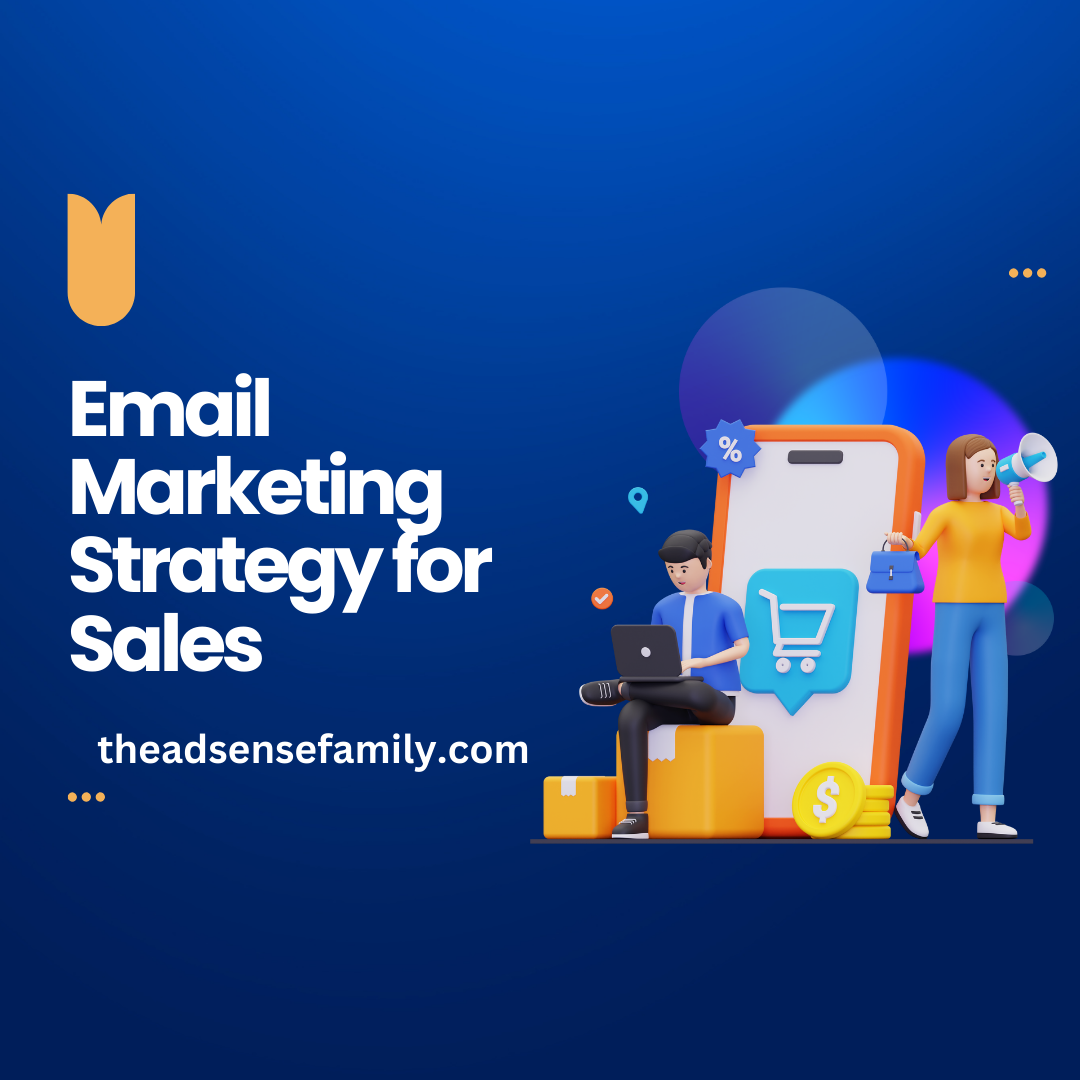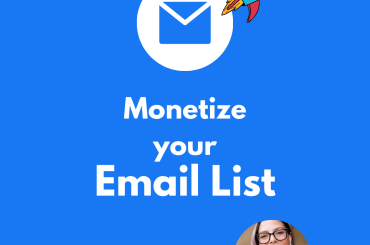How to Create an Effective Email Marketing Strategy for Sales
Are you struggling to generate sales through email marketing? You’re not alone. Many businesses fail to harness the full potential of this powerful tool. However, with the right strategy, email marketing can become your most effective sales channel. In this article, you’ll discover how to create an email marketing plan that drives results. You’ll learn key tactics for growing your subscriber list, crafting compelling messages, and optimizing your campaigns. By implementing these proven techniques, you can transform your email marketing efforts from mediocre to magnificent. Get ready to boost your sales and take your business to new heights through the power of strategic email marketing.
Set clear goals for your email marketing strategy
Establishing clear objectives is crucial for an effective email marketing strategy. When setting marketing goals, it’s essential to align them with your overall business objectives and create a comprehensive plan to support them.
Define SMART goals
To ensure your email marketing efforts are focused and measurable, use the SMART framework:
- Specific: Clearly define what you want to achieve
- Measurable: Establish concrete criteria for tracking progress
- Achievable: Set realistic targets within your resources and constraints
- Relevant: Ensure goals align with your broader business objectives
- Time-bound: Set deadlines to create urgency and accountability
According to Mailchimp, popular email marketing goals include improving open rates, driving website traffic, reducing cart abandonment, and supporting product launches.
Choose relevant metrics
Select key performance indicators (KPIs) that align with your goals. Common metrics to track include open rate, click-through rate, conversion rate, list growth rate, and email ROI. Regularly monitor these metrics using email marketing software to analyze campaign performance and make data-driven decisions.
By setting clear, measurable goals and consistently tracking your progress, you can optimize your email marketing strategy and drive successful campaigns that contribute directly to your bottom line.
Build your email list for targeted outreach
Building a robust email list is the foundation of effective email marketing for sales. By focusing on quality over quantity, you can create a targeted audience that’s more likely to engage with your content and convert into customers.
Identify your ideal audience
Start by creating detailed buyer personas to understand your target audience’s needs, pain points, and preferences. According to Breadcrumbs.io, thorough audience research is crucial for tailoring your email marketing strategy to resonate with potential customers.
Implement lead magnets
Offer valuable content in exchange for email addresses. This could include e-books, white papers, or exclusive webinars. Omnisend recommends using interactive tools like quizzes or calculators to capture leads while providing engaging experiences.
Optimize your website for conversions
Create personalized landing pages with clear, compelling opt-in forms. Use strategically placed popups and exit-intent forms to maximize sign-ups without being intrusive. Remember to highlight the benefits of joining your email list to encourage subscriptions.
Leverage offline opportunities
Don’t overlook traditional networking and events as ways to grow your list. Omnisend suggests collecting email addresses during in-person customer interactions to expand your reach beyond digital channels.
By implementing these strategies, you’ll build a high-quality email list that forms the backbone of your targeted sales outreach efforts.
Choose the right email marketing types for your goals
Align your strategy with campaign objectives
When developing your email marketing strategy, it’s crucial to select the right types of campaigns that align with your specific goals. Different email marketing types serve various purposes, from building relationships to driving sales. For instance, welcome emails establish a positive first impression with new subscribers, while dedicated emails focus on a single offer to optimize conversions.
Leverage automation for targeted messaging
Implementing automated, trigger-based emails can significantly boost engagement and revenue. According to Super Office, automated emails can increase open rates by 50% and click-through rates by 30% compared to traditional campaigns. Consider incorporating lead nurturing emails to guide prospects through your sales funnel, or re-engagement emails to reactivate inactive subscribers.
Tailor content to audience segments
To maximize the effectiveness of your email marketing efforts, segment your audience based on factors like industry, company size, or stage in the buyer’s journey. This approach can lead to a 760% increase in revenue compared to non-segmented campaigns. By tailoring your content to specific segments, you’ll ensure that your messages resonate with recipients and drive better results across all your email marketing initiatives.
Create engaging email content
Craft compelling subject lines
Your email marketing strategy hinges on getting recipients to open your messages. Craft actionable subject lines that clearly convey value, like “Download your free guide” or “Reserve your spot now”. Personalize subject lines when possible and consider using emojis or statistics to grab attention. Ensure the subject aligns closely with the email’s content to build trust.
Focus on relevance and benefits
Keep your email content brief, scannable, and focused on benefits. Speak directly to your audience’s pain points and offer solutions. Use a conversational tone and write in the second person, addressing the reader as “you”. Highlight how your product or service will improve their lives rather than just listing features. Break up text with subheadings and use an 80% text to 20% image ratio for optimal readability.
Include a clear call-to-action
Every email should have a single, clear goal. Whether you want readers to make a purchase, download content, or book a demo, include a prominent call-to-action that leaves no doubt about the next step. Use action-oriented language and create a sense of urgency to motivate quick responses. Test different CTAs to optimize your email marketing performance over time.
Measure and analyze email campaign results
To optimize your email marketing strategy, it’s crucial to track and analyze key performance metrics. This data-driven approach allows you to refine your campaigns and maximize their effectiveness.
Key performance indicators (KPIs)
Start by focusing on essential KPIs that provide insights into your email marketing success. According to Mailchimp, these include:
- Open rate: The percentage of recipients who opened your email
- Click rate: The proportion of recipients who clicked on links within the email
- Conversion rate: The percentage of recipients who completed a desired action
- Bounce rate: The number of emails that couldn’t be delivered
- Unsubscribe rate: The percentage of recipients who opted out
Advanced analytics
For a more comprehensive view of your email marketing performance, consider diving deeper into advanced metrics. HubSpot suggests tracking:
- List growth rate: The rate at which your email list is expanding
- Email sharing/forwarding rate: How often recipients share your content
- Overall ROI: The total revenue generated compared to your investment
By consistently monitoring these metrics and applying the insights gained, you can continually improve your email marketing strategy and drive better results for your business.
Email Marketing FAQs
What is email marketing?
Email marketing is a powerful digital marketing strategy that involves sending promotional messages or newsletters to a list of subscribers via email. It’s a cost-effective and flexible way to build customer relationships, promote products or services, and drive sales. Email marketing can generate an impressive return on investment, with an average of $42 in ROI for every $1 spent.
How can I improve my email marketing performance?
To enhance your email marketing strategy, consider these key tactics:
- Personalization: Personalized emails can increase open rates by 26% and revenue by 760%.
- Segmentation: Divide your email list based on factors like industry, company size, and sales cycle stage to boost engagement.
- Mobile optimization: With 46% of marketing emails opened on mobile devices, ensure your emails are mobile-friendly.
- A/B testing: Experiment with different subject lines, content, and send times to optimize performance.
- Automation: Implement trigger-based emails to increase open rates by 50% and click-through rates by 30%.
How do I stay compliant with email marketing regulations?
To ensure compliance with regulations like GDPR and CAN-SPAM, follow these best practices:
- Obtain explicit consent before adding subscribers to your list
- Provide clear company information in your emails
- Use accurate sender details
- Include an easy unsubscribe option in every email
By adhering to these guidelines, you can build trust with your audience and avoid potential legal issues.
Conclusion
In conclusion, implementing an effective email marketing strategy for sales requires careful planning and execution. By segmenting your audience, crafting compelling subject lines and content, optimizing for mobile, and analyzing your results, you can maximize the impact of your campaigns. Remember to continuously test and refine your approach based on performance data. With persistence and creativity, email marketing can become a powerful tool to nurture leads, drive conversions, and boost your bottom line. As you apply these best practices, you’ll be well-positioned to leverage email as a key driver of sales growth for your business. Start small, measure your progress, and scale your efforts over time for the best results.






